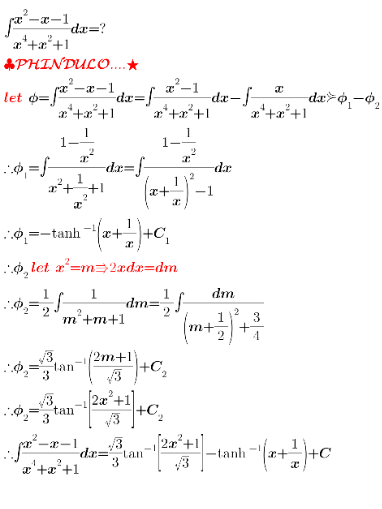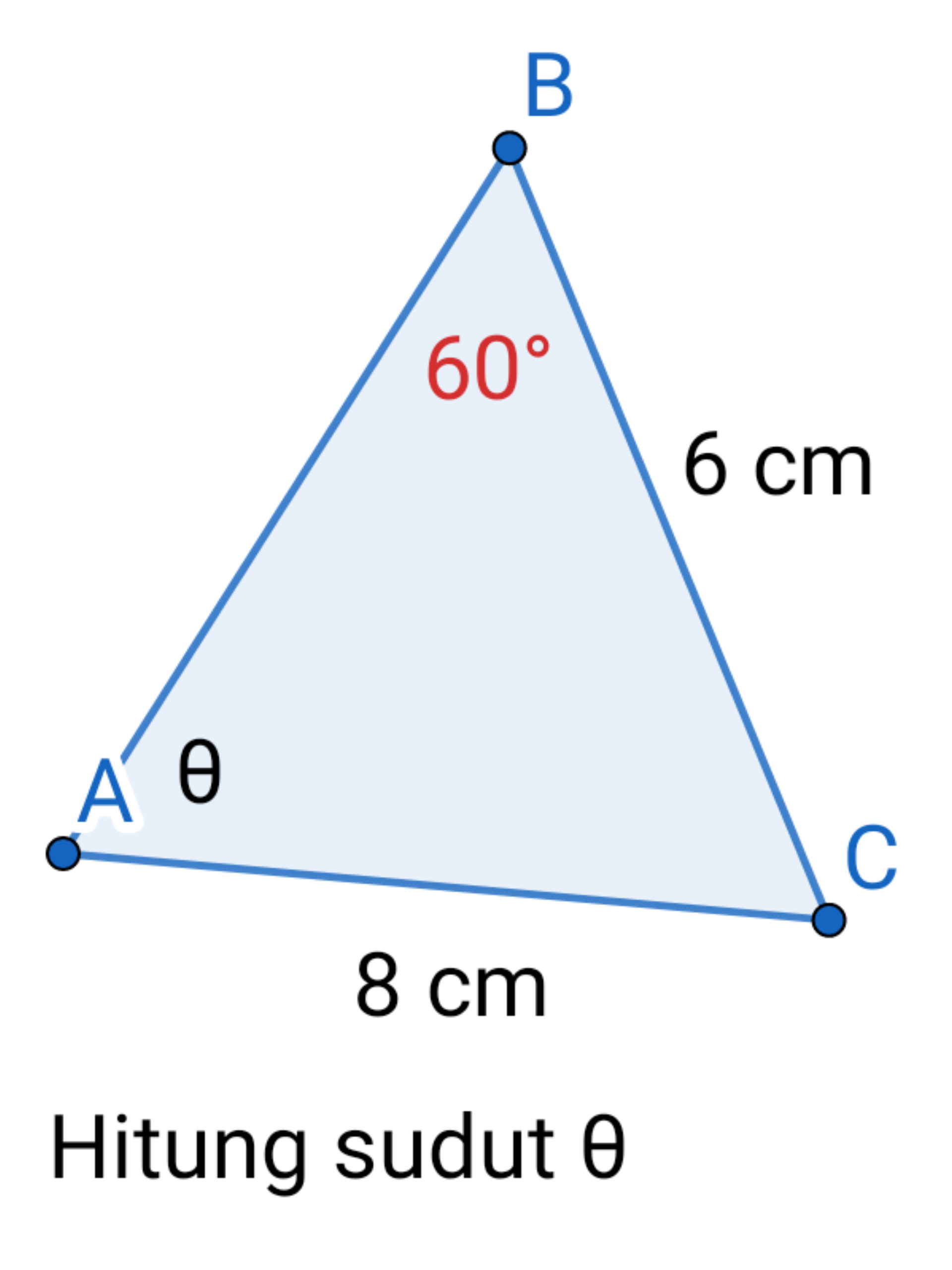
AllQuestion and Answers: Page 700
Question Number 148923 Answers: 0 Comments: 0

Question Number 148917 Answers: 1 Comments: 0

Question Number 148915 Answers: 1 Comments: 0

Question Number 148914 Answers: 0 Comments: 2
Question Number 148911 Answers: 1 Comments: 0
Question Number 148961 Answers: 0 Comments: 0
Question Number 148960 Answers: 1 Comments: 0
$${find}\:{the}\:{resideo}\:{f}\left({z}\right)=\frac{{z}}{{z}^{{n}} −\mathrm{1}} \\ $$
Question Number 148953 Answers: 0 Comments: 4

Question Number 148951 Answers: 2 Comments: 0
Question Number 148947 Answers: 1 Comments: 0
Question Number 148946 Answers: 1 Comments: 0
Question Number 148944 Answers: 0 Comments: 0
$${find}\:{residuo}\:{f}\left({z}\right)=\frac{{z}}{{z}^{{n}} −\mathrm{1}} \\ $$
Question Number 148942 Answers: 0 Comments: 0
Question Number 148905 Answers: 1 Comments: 0

Question Number 149796 Answers: 0 Comments: 4

Question Number 148901 Answers: 0 Comments: 2

Question Number 148895 Answers: 0 Comments: 2

Question Number 148890 Answers: 1 Comments: 0
Question Number 148887 Answers: 2 Comments: 0
Question Number 148886 Answers: 1 Comments: 0

Question Number 148884 Answers: 1 Comments: 0

Question Number 148881 Answers: 1 Comments: 0

Question Number 148880 Answers: 1 Comments: 0

Question Number 148868 Answers: 2 Comments: 0

Question Number 148864 Answers: 1 Comments: 0
Question Number 148861 Answers: 1 Comments: 0

Pg 695 Pg 696 Pg 697 Pg 698 Pg 699 Pg 700 Pg 701 Pg 702 Pg 703 Pg 704
